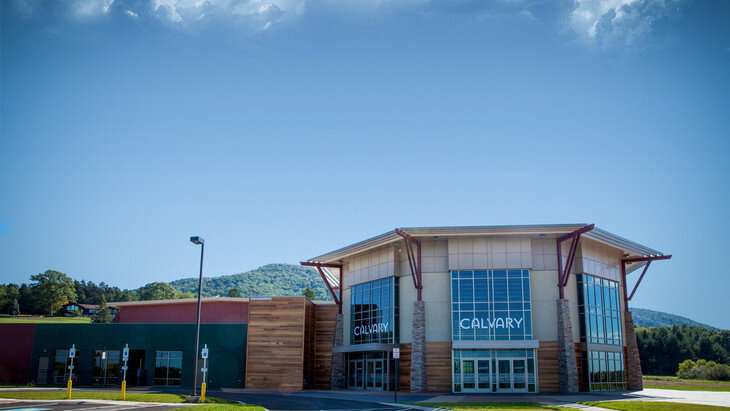
Under Pennsylvania COVID-19 mitigation guidelines, places of worship are not specified, leaving it to the discretion of leaders to decide when and how to reopen their buildings to in-person worship while still following masking and physical distancing protocols.
Ling Rothrock, professor of industrial and manufacturing engineering in the Penn State College of Engineering, felt he could help inform that decision-making process by developing data-driven models.
“In my church community, I noticed there was a lot of confusion about where and how to reopen, as the state gave recommendations to businesses and schools but largely left out religious organizations,” Rothrock said. “And our local churches wanted to do their due diligence and make sure they were caring for folks the best they could.”
Rothrock searched for a church community that might be interested in participating in a case study, and his pastor introduced him to Dan Nold, senior pastor of State College-based Calvary Church, who agreed to have his church participate.
In the first segment of the study, Rothrock’s team administered a questionnaire to Calvary members, who were asked about their worship preferences once the seasons changed and they could no longer meet outside for worship services.
Published in Human Factors and Ergonomics in Manufacturing & Service Industries, Rothrock’s study found that the majority of Calvary congregants did not prefer the strongest safety recommendations: Instead, they preferred either indoor worship with masks and no physical distancing, or indoor worship with physical distancing and no masks.
Rothrock solicited the help of undergraduate industrial engineering interns Allison Graf and Mina Rodopman to conduct the surveys alongside Nold.
“This was done in the early summer timeframe, when many internships and summer employment opportunities fell through, and many of our students were looking for other opportunities, so I thought this was the perfect opportunity to give them research experience,” Rothrock said.
Rothrock took the results of the questionnaire and applied them to a computer model, assisted by undergraduate industrial engineering intern Aaron Abraham, to see how COVID-19 would spread to a congregation in a given space with one SARS-CoV-2 carrier present.
“We performed agent-based simulations to model the congregants’ prevention preferences to give church leadership the ability to predict what it would look like if they were to return to in-person services,” Ling said. “We sought to answer the question, what would happen in a one-hour worship experience given those two preference options?”
In addition to masking and physical distancing, Rothrock considered variables such as the number of congregants, the building size, the efficiency of the building’s HVAC system, whether singing occurred and whether the SARS-CoV-2 carrier was symptomatic.
With those conditions, customized to Calvary’s Harvest Fields site in Boalsburg, Rothrock and his team found that physical distancing was the most critical factor in limiting the spread of COVID-19 for the case study population.
Calvary decided to not return to in-person services, based on the figures in Rothrock’s model, but Nold said the study helped the church decide how best to regather and when.
“I greatly appreciate the work that Dr. Rothrock and his team put into assessing the various options of regathering for in-person worship at Calvary, during this coronavirus season,” Nold said. “Their study gave us solid science to help us make decisions with a sense of what options carried the least risk and greatest reward. It was helpful to have a study that was not only personalized with our space and needs in mind, but also done locally.”
Source: Read Full Article
